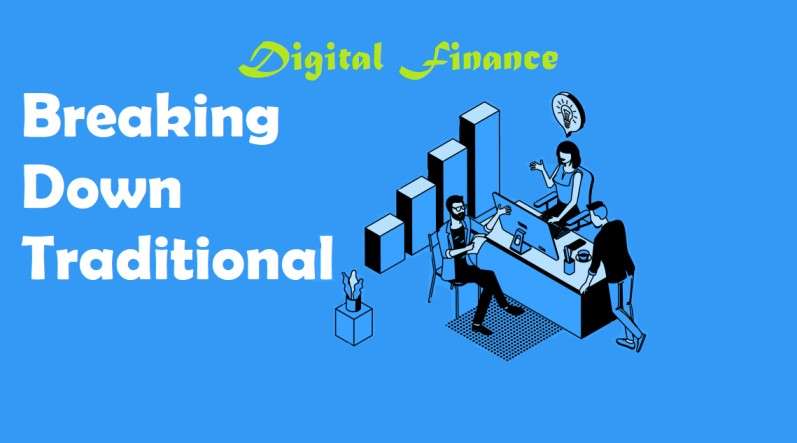
Visits: 1
The Role of Open Banking in Digital Finance: Unlocking Innovation and Connectivity
In the ever-evolving landscape of digital finance, Open Banking has emerged as a transformative force, redefining how financial services are delivered, accessed, and experienced. This revolutionary concept revolves around opening up financial systems and data, fostering collaboration among financial institutions, fintech firms, and other stakeholders. Let’s explore the pivotal role of Open Banking in shaping the future of digital finance.
1. Breaking Down Traditional Silos:
- Open Banking dismantles the traditional silos that once confined financial data within individual institutions. It encourages the seamless sharing of financial information among different entities, promoting a more connected and interoperable financial ecosystem.
2. Empowering Consumers with Data Control:
- At the heart of Open Banking is the empowerment of consumers. It grants individuals greater control over their financial data, allowing them to share information securely with third-party providers. This control enhances transparency and enables consumers to access a broader range of financial services tailored to their needs.
3. Fostering Innovation Through Collaboration:
- The collaborative nature of Open Banking sparks innovation. Fintech startups and other third-party developers can leverage access to financial data to create innovative solutions and services. This collaborative ecosystem drives competition and encourages the development of cutting-edge products and features.
Key Benefits of Open Banking in Digital Finance:
1. Enhanced Customer Experience:
- Open Banking contributes to an enriched customer experience by enabling seamless and personalized financial services. From budgeting apps to advanced financial management tools, customers can access a diverse array of services that cater to their unique needs.
2. Increased Competition and Choice:
- By breaking down barriers to entry, Open Banking fosters healthy competition among financial service providers. This competition results in a broader array of choices for consumers, as institutions strive to differentiate themselves through innovative offerings and improved services.
3. Streamlined Financial Processes:
- The integration of Open Banking simplifies financial processes. Transactions, transfers, and account management become more streamlined, reducing the friction associated with traditional banking procedures. This efficiency benefits both consumers and financial institutions.
Challenges and Considerations:
While Open Banking holds immense potential, challenges such as data security, privacy concerns, and standardization need careful consideration. Regulatory frameworks must evolve to strike a balance between promoting innovation and safeguarding user data.
Conclusion: Shaping the Future of Finance Together:
Open Banking is more than a technological evolution; it’s a paradigm shift in how financial services are conceived and delivered. As financial institutions, fintech innovators, and regulators collaborate to navigate the Open Banking landscape, the future promises a more connected, innovative, and consumer-centric era of digital finance. Embracing Open Banking is not just adapting to change; it’s actively shaping the future of finance, where connectivity and collaboration drive the next wave of financial services innovation.



%20(1).png)


